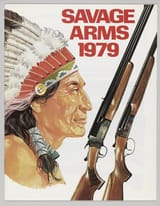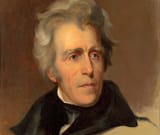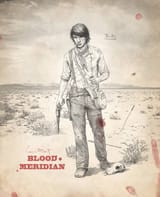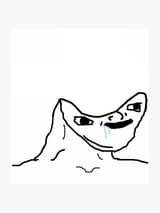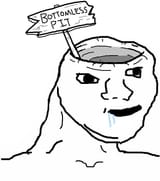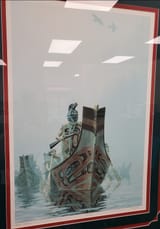>>64016340 (OP)I did some research on this in college, wrote a paper on it way back in the day. Almost all of the firearms acquired by the Indians were traded for, in exchange for furs and other goods. Some were battlefield pickups or stolen from raided armories or supply trains during conflicts. Tribes also traded and fought over access to firearms, and the flow of guns from east to west was a major factor in who won various tribal conflicts and who was forced to migrate, as in the example of the Iroqouis Confederacy defeating the Algonquin speaking tribes, who in turn displaced the Lakota, who were then forced west and made war on the Cheyenne, Blackfeet, etc.
Natives did take to gunsmithing though, in terms of repair. With sources of supply limited, and no industrial base, Indians had to keep the guns they had operational for as long as possible, which led to them mixing and matching parts to make functional weapons all the time. There are numerous archeological sites with caches of cast off parts, and examples of these franken-muskets. It also depended on the tribe, but many natives sent emissaries during times of peace to learn various crafts in White settlements by observation. Primary sources at the time noted that the Natives were particularly curious about practical crafts like carpentry, blacksmithing, gunsmithing, and cannon forging. But ultimately dependence on trade for powder, shot, and guns, and a complete lack of industry prevented the advent of any kind of Indian gun manufacturing as far as I am aware.




